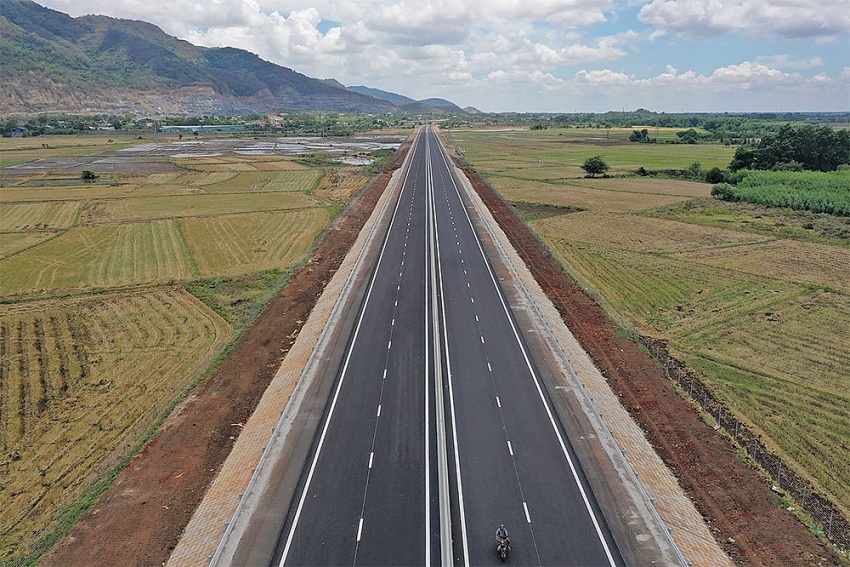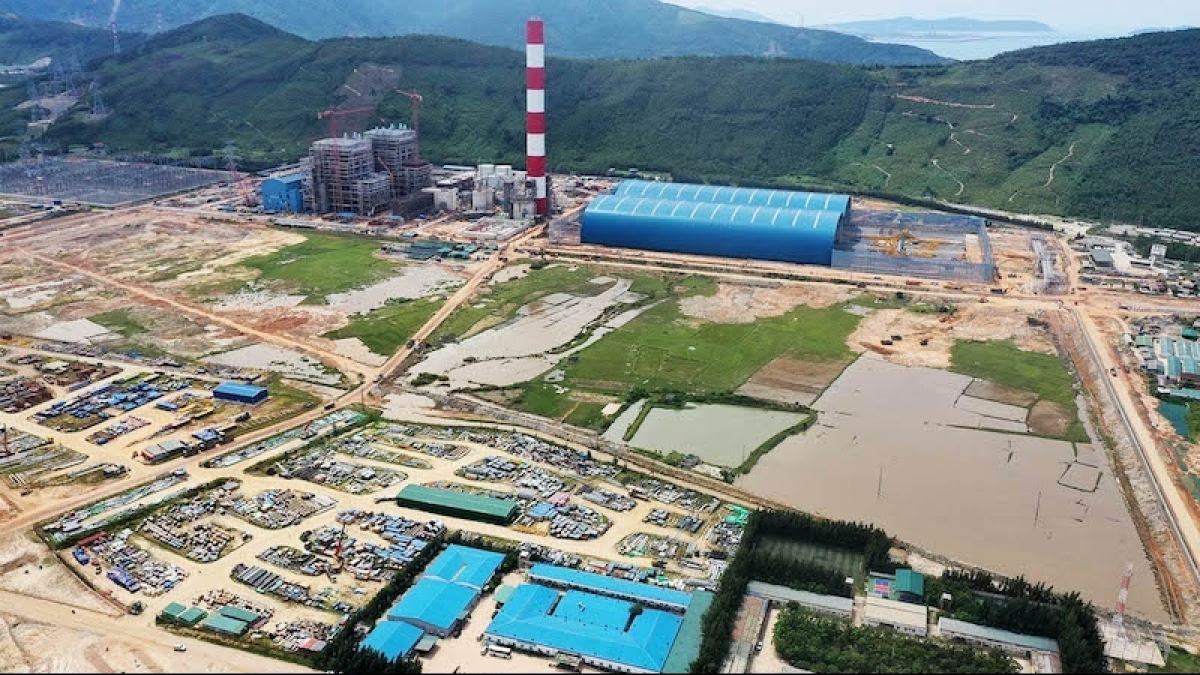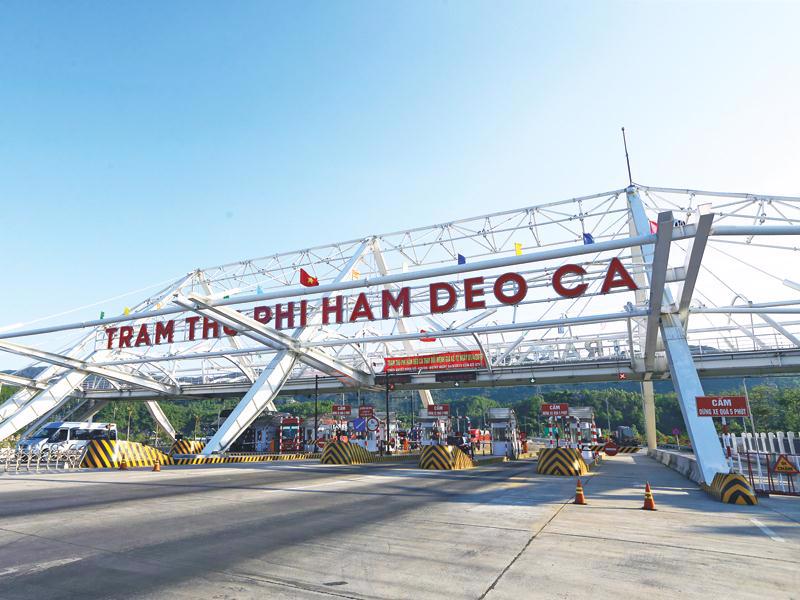INTERNATIONAL INVESTMENT
AND PORTAL
The restructuring, made official this month, offers Vietnam a rare opportunity to build larger economic regions that could accelerate growth and real estate development. However, to avoid repeating cycles of land price bubbles and market freezes, experts stress the need for tight controls on planning, legal frameworks, and speculative activity.
Dr. Nguyen Chau Trinh, lecturer in economics at RMIT University Vietnam, noted that no official information has yet been released on whether the newly merged areas will adopt a unified land price framework or maintain existing local rates.
However, current land pricing shows wide disparities. For example, in parts of Thu Duc of Ho Chi Minh City, the official land price is around $3,290 per square metre. In contrast, the equivalent price in the former Vung Tau city is about $1,365 per sq.m, and just $834 per sq.m in Thu Dau Mot of the former Binh Duong province.
Despite this gap, many real estate brokerages are predicting that land prices in former localities such as Binh Duong and Ba Ria-Vung Tau could rise significantly after the merger if a standardised pricing framework is implemented.
“If that happens, it could lead to numerous negative consequences – from artificially inflated land values and reduced state revenue, to decreased affordability for residential buyers,” Trinh said.
Trinh emphasised that real convergence in land prices depends not on administrative changes, but on parity in living standards, employment prospects, public infrastructure, and access to essential services. He also cited earlier research showing that price equalisation tends to occur only when population flows, capital, and employment opportunities shift outward from urban centres into surrounding zones.
Imposing a high, uniform price framework – such as Ho Chi Minh City’s – across newly consolidated areas could cause at least three problems, Trinh explained.
“Official prices may exceed actual market values, reducing liquidity and tax revenue from land-use right transfers; middle- and low-income residents may find it harder to secure housing in less developed areas; and the market could become more vulnerable to manipulation, with inflated valuations, speculative bubbles, and distorted investor behaviour,” he said.
To mitigate these risks, Trinh recommends a regionally differentiated and flexible approach to land pricing.
“Specifically, authorities should allow the current land price brackets to remain in place for a transitional period of 2–5 years following the merger. This would help minimise disruptions and ensure stability for residents and developers,” he said.
After this phase, a unified pricing system could be introduced, structured by zones – such as central or satellite – and adjusted based on levels of urban and infrastructure development.
“Transparency is critical,” Trinh added. “At the same time, measures such as anti-speculation taxes, controls on capital inflows to real estate, and stricter oversight of land development activities should be rolled out in parallel.”
Nguyen Thi Bich Ngoc, founder of Sen Vang Group, said clear public information, coordinated infrastructure upgrades, and prioritisation of social housing are vital to ensuring long-term, inclusive development and protecting the rights of both citizens and investors.
“Businesses and investors who act early, understand the planning, and work with local authorities will lead the way in this period of structural change,” Ngoc told VIR.
To manage land-related fallout and stabilise the market, she called for coordinated action. “In the short term, authorities should ensure planning transparency through official digital portals and clearly designate priority development areas, drawing lessons from the Me Linh land fever in 2010,” she said.
She also urged tighter monitoring of transactions, penalties for speculative resales and false deals, and accelerated approval of social housing in locations such as Di An and Quang Ngai to address genuine demand.
“In the long term, expanding inter-regional infrastructure – such as Ring Road 4, the North–South Expressway, and the coastal highway – alongside transit-oriented development models centred around metro or railway hubs, will increase land supply and ease pressure on core urban zones,” she added.
Ngoc also suggested encouraging major developers such as Vingroup and Sun Group to create green urban areas incorporating cultural and industrial features in areas like Chau Duc, Ho Tram, and the Tuyen Quang-Ha Giang corridor, helping shape sustainable growth regions.
“Progressive taxation on idle land or quick resales will help reduce speculation and stabilise the market,” she said. “Investors should follow urban plans closely, focus on areas near major infrastructure like ports, industrial zones, or tourism sites, and carry out thorough legal due diligence.”

Peter Ryder, executive chairman Indochina Capital
The merging of provinces and cities is expected to be a driver for the property market, as it will streamline the management apparatus of localities. When carried out effectively, this will facilitate the dispatch of public investment, improve infrastructure and connectivity within the new provinces, and enhance competitiveness among localities.
For real estate, the merging will also enable planning for larger scale projects, such as industrial centres or residential, and allow faster approval with the reduction of administrative procedures.
Based on data from Batdongsan.com.vn, search for real estate in large provinces after the merging announcement increased significantly: searches for land in Hung Yen increased 36 per cent on-month between March and February, former Thai Binh increased by 75 per cent, former Binh Duong 49 per cent, and former Ba Ria-Vung Tau 42 per cent. This peak in interest came along with a sudden peak in property prices, especially land prices in these areas.
To prevent the market from heating up in specific locations and enable gradual, sustainable growth for real estate after the merging, we believe it is crucial for new localities to improve information transparency on land planning and strive for synchronous development of multiple areas within a province. Provinces should also continue to push forward government-backed schemes for social, reduced price residential to ensure access to housing.
In the longer term, decentralisation in property management may be required on par with that in construction and transport, and aligning with financial and investment policies suggested by Deputy Prime Minister Tran Hong Ha recently.
Nguyen Van Dat, chairman Phat Dat Corporation
The merger of provinces has significantly expanded our land bank in Ho Chi Minh City. As of the end of 2024, the company holds a land bank of up to around 6,200 hectares.
Its development outlook is further enhanced by the merger of Binh Duong, Ba Ria-Vung Tau, and Ho Chi Minh City into a mega-urban area, and a new economic hub of the southeast region. This merger is expected to provide a major competitive advantage for Phat Dat, as the company owns around 1,000ha of land and has multiple ongoing projects in this area.
With its current land bank, we plan to focus on high-rise developments in Binh Duong, and mid- to high-end segments such as condotels and villas in Ba Ria-Vung Tau.
The company also plans to expand its land holdings in Dong Nai province in the coming year, given the upcoming operation of Long Thanh International Airport, which is set to become a key transportation link to economic regions. With a sizeable existing land bank, we are accelerating investment and construction efforts.
The company will intensify its sales activities, aiming to generate strong cash flow through key projects such as Quy Nhon Iconic in the new province of Gia Lai, Thuan An 1/2 high-rise residential complexes, and Serenity Phuoc Hai commercial-service complex in Ho Chi Minh City, among others.
Phat Dat’s coastal tourism real estate projects are expected to be a key growth driver in the medium and long term, leveraging Vietnam’s strong marine tourism potential and the country’s increasing focus on marine-oriented economic development.
Nguyen Hoai An, senior director in Hanoi CBRE Vietnam
The administrative boundary rearrangement and merger of provinces is an important step to streamline the management apparatus, optimise resources and encourage socioeconomic development. This strategy can help localities expand development space, take advantage of and complement each other, as well as enhance the competitiveness of the province/city, considering the scale of labour resources and connecting infrastructure.
The merger of the government apparatus helps to build a synchronous plan for key infrastructure projects like seaports, airports, highways as well as enhance international trade connections and attract overseas funding. Streamlining the government apparatus is cutting down focal points, enhancing the efficiency of state management, reducing budget expenditure, and speeding up project implementation in the long term.
The merger could lead to the development of new provincial clusters, and key industrial clusters could be planned with better transport and social infrastructure, creating a larger labour market, expanding career opportunities, and creating conditions for combining unskilled and highly skilled workers.
The provincial merger is a great opportunity for Vietnam to improve its competitiveness, draw in investment and develop a sustainable economy. However, this process also poses many challenges in terms of management, infrastructure and social security.
Enterprises need to proactively prepare to adjust procedures and documents, take advantage of opportunities from new planning and diverse labour sources, and adjust expansion and development plans following new directions in infrastructure development. State agencies need to ensure transparent communication, synchronous policies, and comprehensive support for the merger process to achieve the highest efficiency.



















